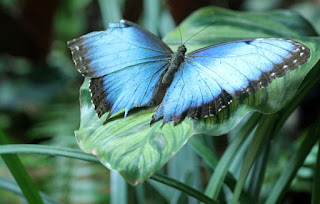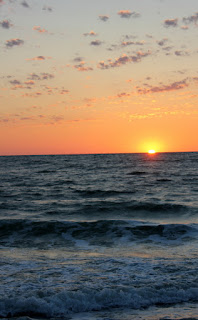Introduction by Ted Kooser: Poetry has often served
to remind us to look more closely, to see what may have been at first
overlooked. Today’s poem is by Kaelum Poulson of Washington state. A middle
school student and already accomplished maker of poems, he writes of the
thankless toils of an unlikely but entirely necessary member of our
community—the crow!
The Crow
So beautiful
but often unseen
a maid of nature
the street cleaner that’s everywhere
never thanked
never liked
always ignored
so elegant in a way no one sees
but without it we would
be in trash up to our knees
with the heart of a lion
the mind of a fox
the color of the night sky
a crow
the unpaid workman
that helps in every way
each and every day.
American Life in Poetry is made possible by The Poetry
Foundation (www.poetryfoundation.org), publisher of Poetry magazine. It is also
supported by the Department of English at the University of Nebraska, Lincoln.
Poem copyright © by Seattle Arts & Lectures. Reprinted from “The Universal
Controversial Hive: poems, stories, & memoirs by students,” Writers in the
Schools, 2006, by permission of the publisher. Introduction copyright © 2008 by
The Poetry Foundation. The introduction’s author, Ted Kooser, served as United
States Poet Laureate Consultant in Poetry to the Library of Congress from 2004-
2006. We do not accept unsolicited manuscripts.











































.jpg)




